Disclosure: This article contains affiliate links. We may earn a commission from purchases at no extra cost to you, which helps our travel content.
Los Angeles and I have a complicated relationship. When I first visited in the early 2000s while covering a cricket exhibition match between India and Pakistan at the Rose Bowl, I dismissed the sprawling metropolis as a concrete jungle lacking the cultural cohesion I'd experienced in other world cities. How spectacularly wrong I was. Two decades and countless visits later, I've come to understand that LA's true essence isn't found in its Hollywood glitz or beach culture, but in its remarkable tapestry of immigrant communities that have transformed entire neighborhoods into vibrant culinary embassies. Each enclave tells the story of migration, preservation, and adaptation—not unlike the sporting traditions I've documented across continents. This past month, I returned for a dedicated week of exploration, mapping LA's geography not by freeways but by flavors. What follows is my curated guide to experiencing Los Angeles as it should be experienced: one remarkable meal at a time.
Koreatown: Beyond the BBQ
Koreatown sits at the geographical heart of Los Angeles, yet remains a mystery to many visitors who venture no further than the all-you-can-eat Korean barbecue restaurants that line Olympic Boulevard. While these smoky temples of tabletop grilling certainly merit a visit (I recommend Soowon Galbi for its impeccable quality), K-town rewards those willing to dig deeper.
On a misty Tuesday morning, I started at Gwang Yang, where the specialty is bulgogi—thinly sliced marinated beef that arrives at your table with a theatricality reminiscent of the pre-match ceremonies I once covered at rugby internationals. The meat, sliced paper-thin and marinated in a sweet-savory sauce with Asian pear notes, is cooked tableside on a dome-shaped grill that channels the juices to a moat of bubbling broth below.
For a complete contrast, I ventured to Hangari Kalguksu the following day, where the specialty is hand-cut noodles swimming in rich, milky broths. The restaurant's name literally means 'knife noodles,' and watching the chefs stretch and slice the dough with practiced precision reminded me of artisans I'd encountered in remote villages across Asia, their craft honed through generations.
Perhaps most surprising was discovering Anchi, a modern café where traditional Korean flavors are reimagined in contemporary forms. Their bingsu (shaved ice dessert) topped with roasted grain powder and sweet red beans provided welcome relief from the unseasonable heat wave that had settled over the city.
My Koreatown exploration culminated at the sprawling H-Mart supermarket, where I spent two hours wandering aisles stocked with everything from specialized kimchi tools to an entire section dedicated to ginseng in various forms. I couldn't resist purchasing a travel rice cooker to take back to my Wellington apartment—a practical souvenir that now helps me recreate some of the flavors I discovered.
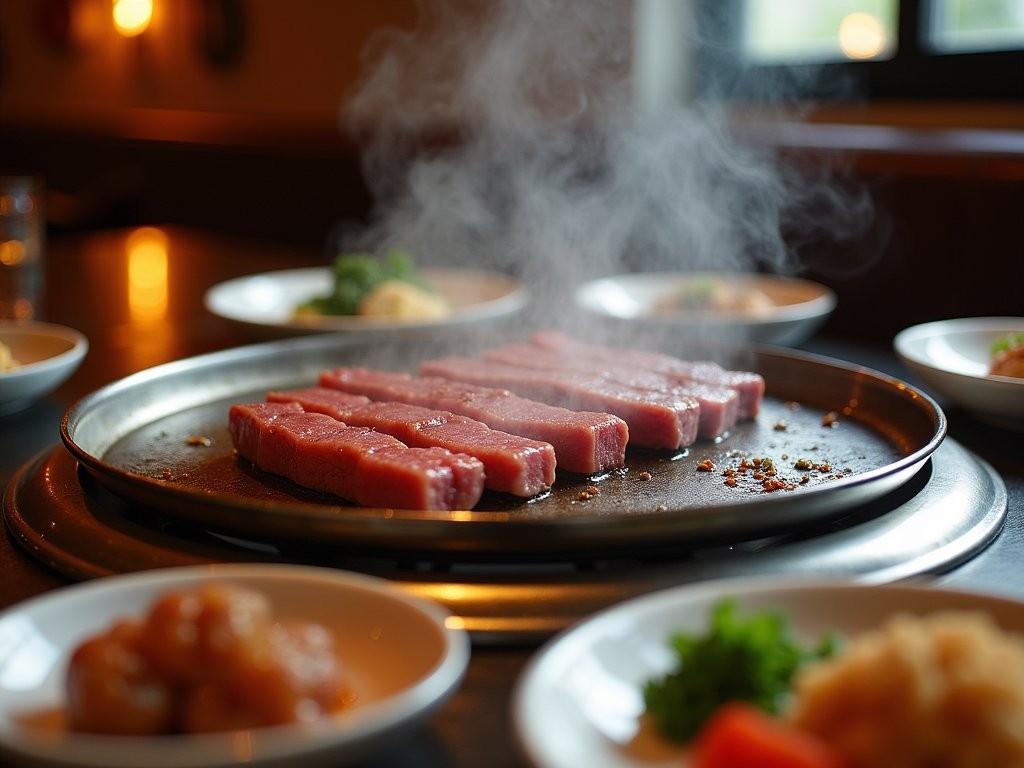
💡 Pro Tips
- Visit Koreatown Plaza's food court for quick, authentic meals between main restaurant visits
- The Line Hotel's lobby serves excellent coffee and provides a stylish rest stop during exploration
- Many Korean restaurants close between lunch and dinner service (3-5pm), so plan accordingly
Thai Town: Los Angeles' Hidden Gem
A mere six blocks along Hollywood Boulevard between Western and Normandie Avenues constitutes America's only officially recognized Thai Town, yet this compact area packs more authentic Thai cuisine than entire cities elsewhere in the country. Having spent considerable time in Thailand covering the SEA Games in 2007, I approached this neighborhood with high expectations—and it delivered spectacularly.
Pa Ord became my first stop, a restaurant that specializes in boat noodles (kuay teow reua)—a dish with origins among vendors who once paddled Bangkok's canals. The broth, enriched with pork blood for depth and complexity, transported me instantly to the waterways of central Thailand. The owner, noticing my methodical documentation of each dish, shared that her recipes came directly from her grandmother in Ayutthaya.
For those seeking Thailand's fiery northern cuisine, Spicy BBQ offers dishes rarely found elsewhere in America. Their nam prik ong, a chili dip of ground pork and tomatoes served with steamed vegetables, carries the authentic smoky heat that's so often tamed for Western palates. When I mentioned having tried a similar version in Chiang Mai, the chef emerged from the kitchen for an animated conversation about regional variations.
No exploration of Thai Town would be complete without a visit to Sapp Coffee Shop, an unassuming café where the boat noodles and jade noodles have achieved legendary status among LA's culinary cognoscenti. The jade noodles—thin strands tinted green with spinach and topped with barbecue pork, crab meat, and crushed peanuts—offer a textural symphony that pairs perfectly with their intensely strong Thai iced coffee.
Between meals, I browsed Silom Supermarket, where I discovered an impressive selection of curry pastes and hard-to-find herbs. For those looking to recreate Thai flavors at home, I recommend picking up a mortar and pestle—an essential tool for properly releasing the essential oils in herbs and spices that make Thai cuisine so aromatic.

💡 Pro Tips
- Ask for 'Thai spicy' only if you truly mean it—the heat levels are authentically intense
- Visit Silom Market for hard-to-find Thai ingredients to bring home
- Many Thai Town restaurants are cash-only, so come prepared
Little Ethiopia: A Concentrated Culinary Treasure
Fairfax Avenue between Olympic and Whitworth hosts one of the most concentrated ethnic dining districts I've encountered anywhere in the world. Little Ethiopia spans just one city block, yet contains a dozen restaurants representing one of Africa's oldest and most distinctive cuisines. Having visited Ethiopia in 2015 while researching traditional sporting practices, I was eager to revisit the flavors that had captivated me during that journey.
Merkato Ethiopian Restaurant & Market became my anchor point, a combination grocery store and restaurant where the injera (sourdough flatbread) is made fresh daily. The fermentation process gives this staple its distinctive tang—similar to the sourdough traditions I've documented in remote mountain communities across Europe, yet with its own unique character. The doro wat (spiced chicken stew) here achieves that perfect balance of heat and complexity that comes only from proper berbere spice and patient cooking.
At Meals by Genet, I experienced Ethiopian cuisine elevated to fine dining without sacrificing authenticity. Chef Genet Agonafer's kitfo—a dish of raw minced beef seasoned with clarified butter and mitmita spice—showcased the sophisticated flavors that belie Ethiopia's unfair characterization as a country of scarcity. The ritual of eating with one's hands, tearing pieces of injera to scoop up carefully composed bites, creates a communal experience reminiscent of shared meals I've enjoyed in villages throughout the Global South.
Between restaurant visits, I spent an hour at Little Ethiopia Cultural & Resource Center, where a small but thoughtful exhibition explores the history of Ethiopian migration to Los Angeles following the revolution of 1974. The center's director, noting my interest in cultural preservation, shared stories of how the community maintains connections to traditions while adapting to American life—a narrative parallel to many sporting communities I've documented.
For those looking to bring Ethiopian flavors home, I recommend stopping at Merkato's market section to purchase berbere spice blend and a traditional coffee pot for brewing coffee in the traditional manner. The coffee ceremony remains central to Ethiopian hospitality, and learning this ritual provides deeper insight into the culture than any guidebook could offer.
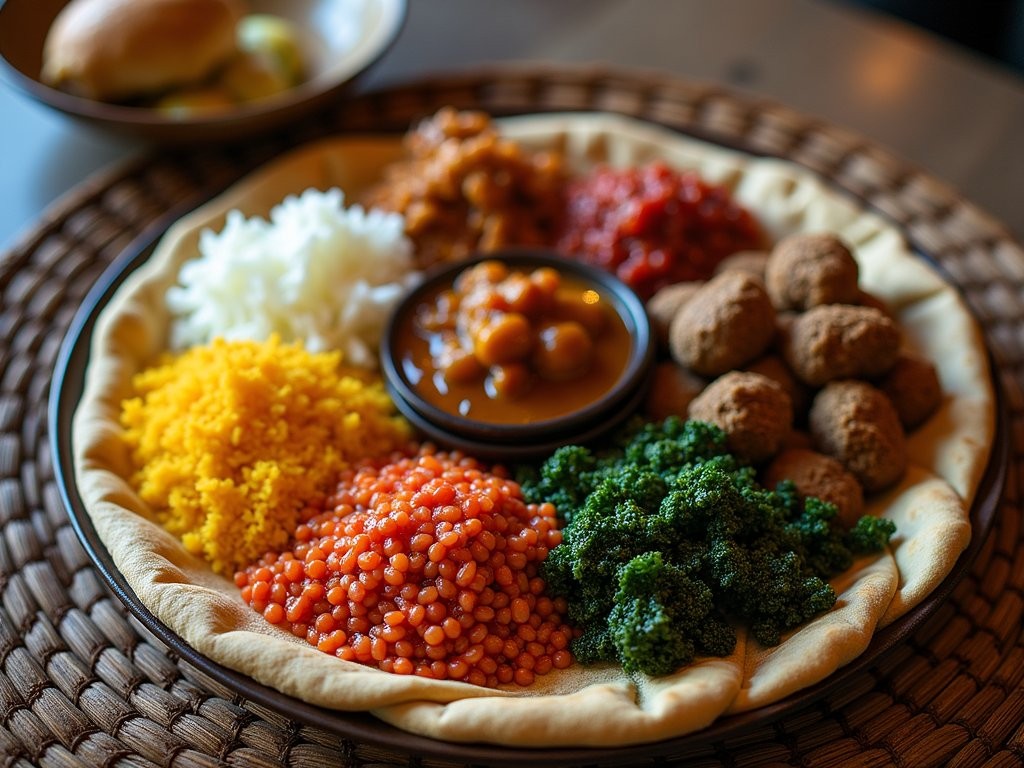
💡 Pro Tips
- Visit on weekends to experience traditional coffee ceremonies at several restaurants
- Most dishes are meant for sharing, so bring friends for the most authentic experience
- Ask for recommendations on honey wine (tej) pairings with your meal
Boyle Heights: Mexican Cuisine Beyond Borders
East of downtown Los Angeles lies Boyle Heights, a neighborhood that has remained defiantly Mexican-American despite waves of gentrification sweeping other parts of the city. Having covered numerous sporting events in Mexico throughout my career, I've developed a deep appreciation for regional Mexican cuisines that extend far beyond the Tex-Mex that dominates American perceptions.
My exploration began at Guisados, where the concept is brilliantly simple: traditional braises (guisados) served on handmade corn tortillas. The sampler platter offers six mini-tacos, each showcasing a different regional specialty. The mole poblano—with its complex interplay of chocolate, chilies, and spices—reminded me of a similar version I'd enjoyed in a family home in Puebla while covering a local sporting festival.
For a completely different experience, I visited Mariscos Jalisco, a food truck permanently parked on Olympic Boulevard that has achieved legendary status for one dish: tacos dorados de camarón. These crispy fried shrimp tacos, topped with avocado and salsa, represent the coastal cuisine of Jalisco state. The owner, Raul Ortega, has been serving the same recipe for over 20 years, a testament to perfection achieved through specialization—not unlike the sporting specialists I've profiled who dedicate decades to mastering a single technique.
Perhaps the most surprising discovery was La Barbacha, a tiny restaurant specializing in barbacoa from Hidalgo state. The slow-roasted lamb, cooked overnight in maguey leaves, offers a tenderness and depth of flavor that comes only from patience and tradition. The accompanying consommé, rich with drippings from the meat, serves as both beverage and dipping sauce for the handmade tortillas.
Between meals, I explored El Mercadito, a multi-level market where vendors sell everything from quinceañera dresses to regional Mexican ingredients. On the upper floor, mariachi musicians gather to offer their services, creating an impromptu concert that transforms shopping into a cultural experience. Here I purchased a molcajete, the traditional Mexican mortar and pestle essential for making proper salsas and guacamole. The weight of this stone tool in my luggage was worth every kilogram for the authenticity it brings to my home cooking.
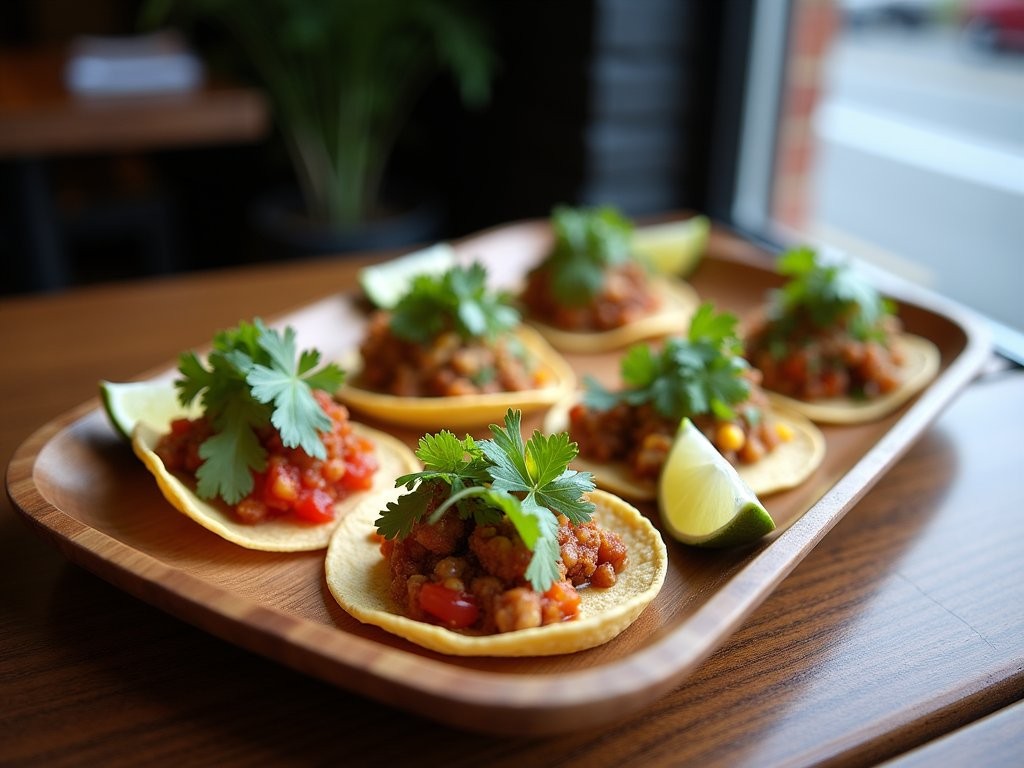
💡 Pro Tips
- Visit Mariachi Plaza on weekend afternoons to hear musicians gathering for potential gigs
- Many restaurants in Boyle Heights close early (8-9pm), so plan dinner accordingly
- The Gold Line Metro provides easy access to Boyle Heights without parking hassles
Little Armenia & Middle Eastern Enclaves
Nestled between Thai Town and Los Feliz lies Little Armenia, a compact neighborhood that serves as home to one of America's largest Armenian communities. Having spent time in the Caucasus region while researching traditional wrestling forms, I was particularly interested in how these culinary traditions had been maintained and adapted in Southern California.
My journey began at Carousel Restaurant, where the mezze tradition—small plates designed for sharing—creates an experience not unlike the tapas culture of Spain. The muhammara (red pepper and walnut spread) achieved that perfect balance of sweetness, acidity, and depth that marks truly accomplished Middle Eastern cooking. When I mentioned to the owner that I'd tried a similar dish in Yerevan, he launched into stories of regional variations across Armenia, Syria, and Lebanon.
For a more casual experience, I visited Sasoun Bakery, where the boat-shaped flatbreads called lahmajun emerge continuously from wood-fired ovens. Topped with minced meat, herbs, and spices, then spritzed with lemon juice and rolled into a portable meal, these represent the original 'fast food' of the Levant. The bakery's name references a region in historic Western Armenia (now eastern Turkey), highlighting how food preserves cultural memory even when geopolitical boundaries shift.
Perhaps most fascinating was my visit to Sahag's Basturma, a specialist in cured meats made according to centuries-old Armenian traditions. Their namesake product—air-dried beef coated with a paste of fenugreek, garlic, and spices—offers an intensity of flavor that puts most commercial charcuterie to shame. The proprietor explained how the curing process was developed by nomadic peoples as a preservation method, a practical solution that evolved into a culinary art form.
While technically outside Little Armenia proper, I couldn't resist visiting nearby Bavel, where chef Ori Menashe draws on his Israeli heritage to create modern interpretations of Middle Eastern classics. The malawach (layered Yemenite flatbread) served with grated tomato and dill crème fraîche demonstrated how traditional techniques can evolve without losing their essential character.
For home cooks interested in exploring these flavors, I recommend picking up a spice collection featuring essentials like sumac, za'atar, and Aleppo pepper. These distinctive seasonings are the foundation of Levantine cooking and can transform even simple dishes into transportive culinary experiences.
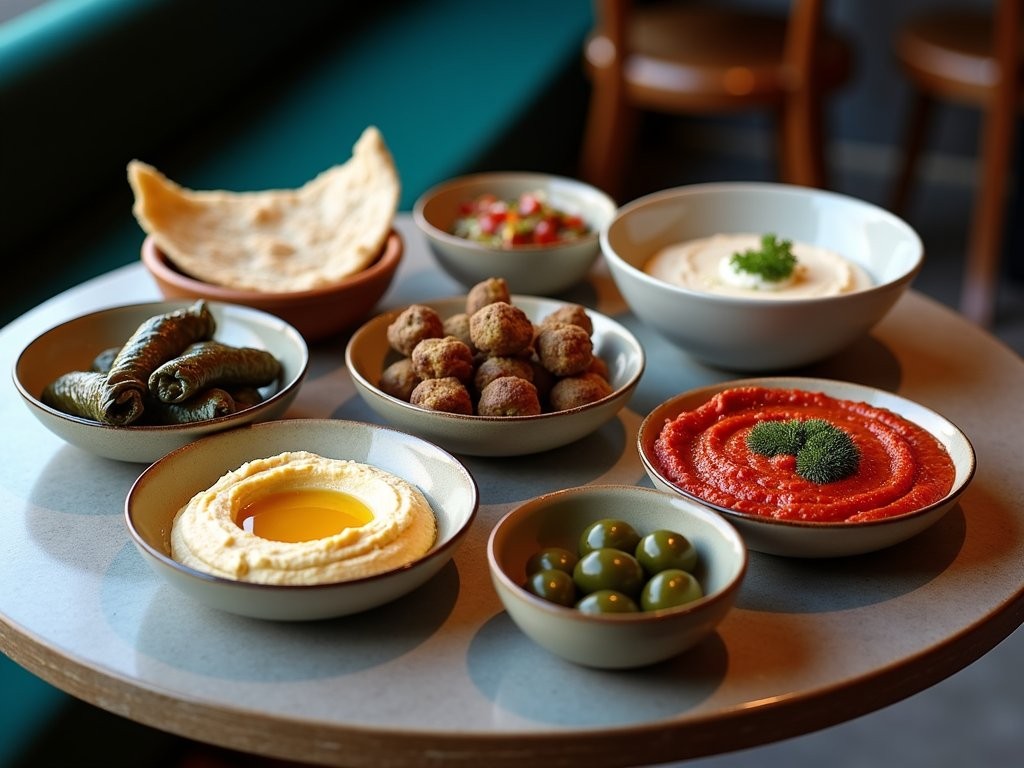
💡 Pro Tips
- Visit bakeries in the morning when breads and pastries are freshest
- Many Armenian restaurants serve generous portions meant for sharing, so bring friends
- Look for markets selling bastirma (cured beef) and soujouk (spicy sausage) to bring home
SGV: The San Gabriel Valley's Chinese Food Odyssey
Twenty minutes east of downtown Los Angeles lies the San Gabriel Valley—known to food enthusiasts simply as 'SGV'—home to the largest concentration of Chinese immigrants in the United States. Unlike the tourist-oriented Chinatowns found in many American cities, the SGV represents dozens of distinct regional Chinese cuisines spread across multiple municipalities. Having traveled extensively throughout China while covering the 2008 Beijing Olympics and subsequent sporting events, I was eager to explore this remarkable culinary landscape.
I began in Monterey Park at Chengdu Taste, where the Sichuan peppercorn-laced dishes create that distinctive ma la sensation—simultaneously numbing and spicy—that defines the cuisine of southwestern China. Their mapo tofu, vibrating with the complex interplay of chili oil, fermented black beans, and Sichuan peppercorns, achieved a balance rarely found outside Chengdu itself.
For a complete contrast, I visited Sea Harbour in Rosemead, where Cantonese dim sum is ordered from a menu rather than from passing carts, ensuring each delicate morsel arrives fresh from the kitchen. The har gow (shrimp dumplings) featured translucent wrappers so thin you could almost read through them, yet sturdy enough to hold their precious cargo—a technical achievement that reminded me of the precision I've observed in traditional sporting crafts, where function and form achieve perfect harmony.
Perhaps most exciting was discovering Shandong Dumplings in Pasadena, where the northern Chinese tradition of wheat-based cuisine takes center stage. Their xiao long bao (soup dumplings) achieve that magical balance where the wrapper is thin enough to reveal the contents yet strong enough to hold the precious soup within. Watching the chefs through the open kitchen window, their hands moving with practiced precision to pleat each dumpling, I was reminded of artisans I've documented across Asia, their craft honed through thousands of repetitions.
Between restaurant visits, I explored the sprawling 99 Ranch Market, where entire aisles are dedicated to soy sauce varieties and specialized cooking equipment. For home cooks looking to explore Chinese cuisine beyond restaurant meals, I recommend picking up a carbon steel wok with a proper round bottom. While it requires some initial seasoning and maintenance, this traditional tool delivers the wok hei—the distinctive 'breath of the wok' flavor—that defines proper stir-frying.
What makes the SGV particularly special is its resistance to dilution or fusion—these restaurants serve primarily Chinese clientele and make few concessions to Western palates. The result is perhaps the most authentic Chinese food experience available outside Asia, a testament to how immigrant communities maintain culinary traditions as anchors of cultural identity.

💡 Pro Tips
- Visit dim sum restaurants before 11am on weekends to avoid long waits
- Many SGV restaurants are cash-only, so come prepared
- Look for restaurants specializing in a single regional cuisine rather than pan-Chinese menus
Final Thoughts
As my week of culinary exploration drew to a close, I found myself reflecting on how Los Angeles—a city often maligned for its supposed superficiality—contains some of the most profound expressions of cultural authenticity I've encountered anywhere in the world. These neighborhoods represent not just delicious meals but living archives of human migration, adaptation, and preservation. For travelers seeking meaningful connections, I suggest approaching LA not as a conventional tourist but as a culinary anthropologist. Skip the celebrity hotspots and studio tours in favor of these vibrant enclaves where food serves as both daily sustenance and cultural touchstone. Bring an open mind, an empty stomach, and a willingness to venture beyond comfort zones. The Los Angeles that emerges from such exploration isn't a single city but a magnificent collection of villages, each with its own rhythms, traditions, and flavors—a true world tour accessible via metro, rideshare, or the city's much-maligned but essential freeway system.
✨ Key Takeaways
- Los Angeles offers some of America's most authentic international cuisines due to large immigrant populations maintaining culinary traditions
- The city is best explored neighborhood by neighborhood rather than by conventional tourist attractions
- Many of LA's most remarkable dining experiences are affordable and accessible to mid-range travelers
- Food serves as a gateway to understanding the cultural complexity and immigrant history of Southern California
📋 Practical Information
Best Time to Visit
year-round, though January-May offers the most comfortable temperatures for neighborhood walking
Budget Estimate
$100-150 per day for food and transportation
Recommended Duration
5-7 days
Difficulty Level
Beginner
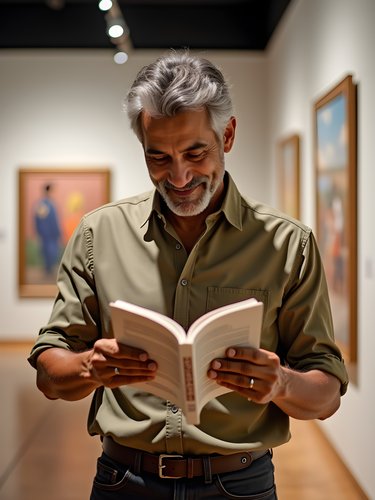
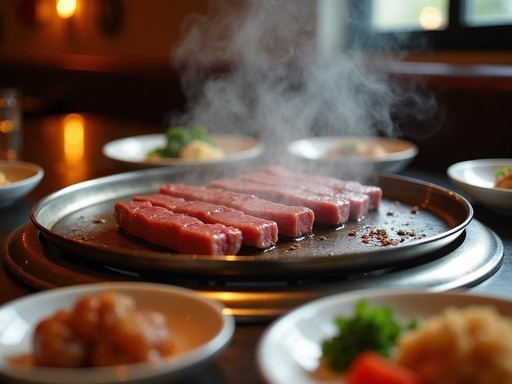

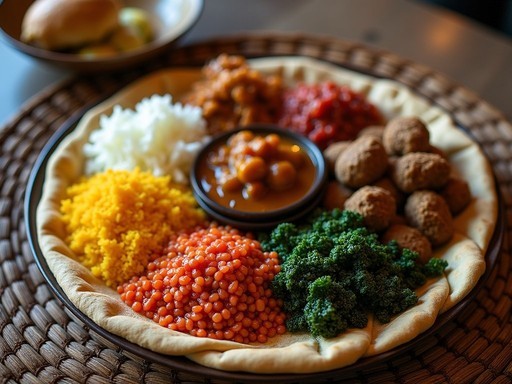
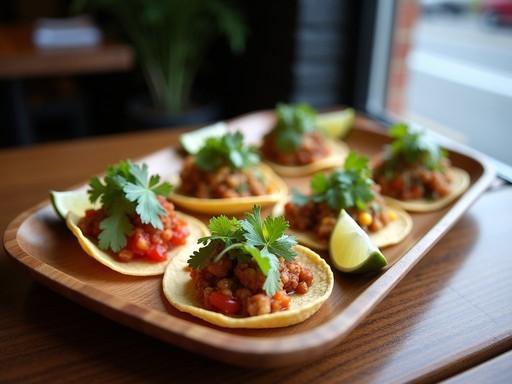
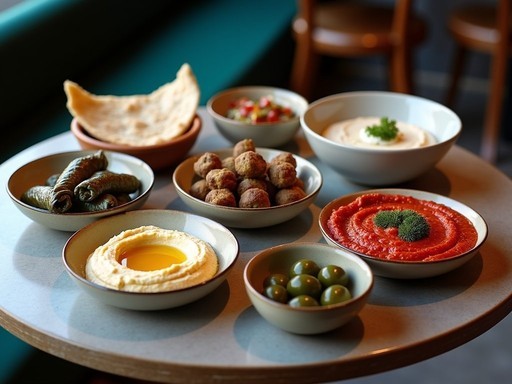
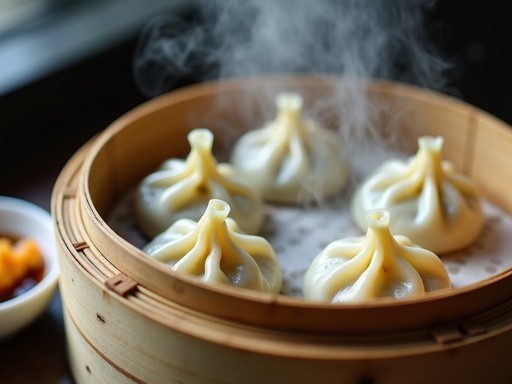



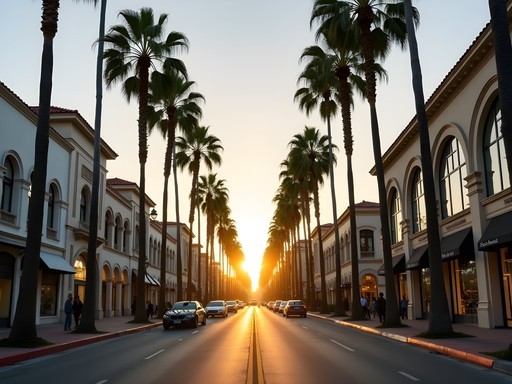
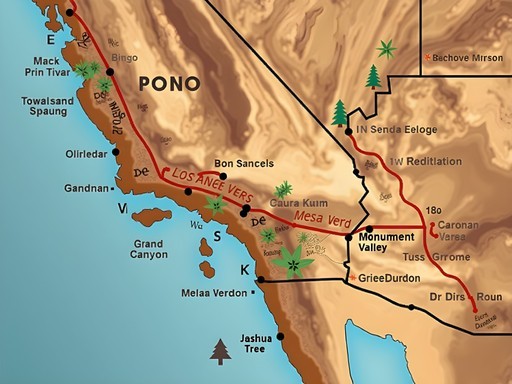
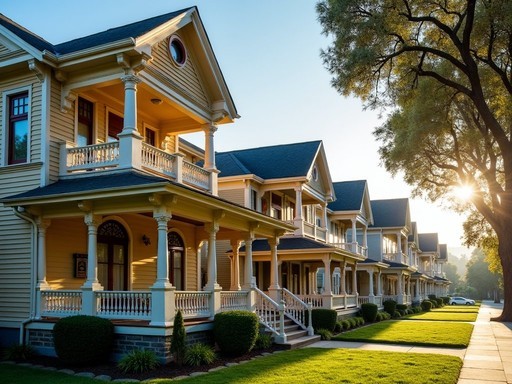
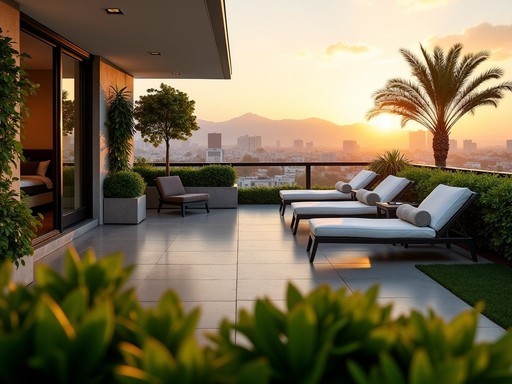

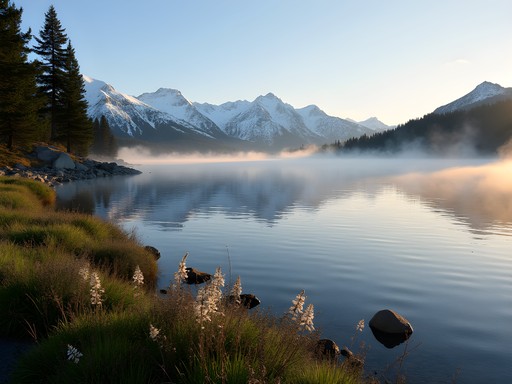

Comments
wanderlust_dreamer
Those food pics are making me hungry! The colors in that Ethiopian platter shot are gorgeous.
LAlocal_eats
Don't sleep on the SGV (San Gabriel Valley) for Chinese food! Makes a perfect addition to this food tour.
noodle_enthusiast
YES! The dim sum in Monterey Park is incredible. Cash only at most places though!
Taylor Moreau
Amit, your assessment of Los Angeles resonates deeply. I've been visiting quarterly for business since 2015, and the city's culinary landscape continues to evolve impressively. Your observation about Koreatown extending beyond BBQ is spot on - the late night pojangmacha-style establishments offer some of the most authentic experiences outside Seoul. One addition I might suggest is Grand Central Market downtown, which provides a fascinating microcosm of LA's diverse food cultures under one roof. The contrast between traditional vendors and new-wave artisanal offerings tells the story of the city's ongoing culinary evolution.
FoodieTraveler23
Heading to LA next month for the first time. Is public transportation a viable option for food hopping between these neighborhoods?
Taylor Moreau
While not comprehensive like London or NYC, the Metro can certainly connect you between many of these neighborhoods. The B Line (Red) runs from Downtown through Koreatown and near Thai Town. I'd recommend supplementing with rideshare for efficiency. I always travel with pocket guide which has excellent neighborhood maps with transit options.
luckywanderer
We did the public transportation and it was totally doable! Just plan extra time between spots. The buses actually work pretty well too.
SoCal_Explorer
Great post! Thai Town is such a hidden gem. Love Jitlada!
luckywanderer
This brings back memories! Visited Koreatown last year and was blown away by the food. That late night spot you mentioned - I think it was the same place where I had kimchi fried rice at 2am after bar hopping! LA's food scene is seriously underrated. Did you try any of the food trucks in Boyle Heights?
Taylor Moreau
I've found Los Angeles consistently has some of the most authentic international cuisine in the States. The food trucks in Boyle Heights are indeed exceptional - particularly for tacos al pastor. Did you venture into Little Ethiopia? The communal dining experience there is something special.
luckywanderer
Missed Little Ethiopia! Adding it to my list for next time. Any specific restaurants you'd recommend there?
Taylor Moreau
Merkato is my go-to. Their vegetarian combination platter is exceptional, and the coffee ceremony is a must-experience cultural tradition.
moonpro
That injera bread in Little Ethiopia is addictive! Could eat it every day.
greenking
Seriously! And the way they serve everything on it... genius food delivery system lol
wildway
Did you try any Persian food while you were there? That area around Westwood has amazing kebabs!
Frank Garcia
Fascinating analysis of LA's food geography, Amit. Your observation about the city's superficiality versus its authentic culinary depth resonates with my own experiences there. I'd add that Little Armenia deserves mention alongside these neighborhoods - particularly for Marouch Restaurant's incredible mezze platters. One critique: the post underplays the transportation challenge between these neighborhoods. I found using the Metro + city guide with detailed neighborhood maps essential for efficiently navigating between these food enclaves without wasting hours in traffic.
wildway
We did the public transportation too and it was surprisingly decent! Didn't expect that in LA honestly.
Frank Garcia
Right? The Metro Expo Line was particularly useful for reaching some spots. Still requires planning though!
greenking
This post totally changed my view of LA! Visited last month and followed your Koreatown recommendations - that soup place with the bone marrow was INSANE. We also found this tiny place in Thai Town serving boat noodles that blew my mind. LA food scene is seriously underrated compared to all the Hollywood stuff everyone talks about.
moonpro
What was that Thai place called? Heading there next week!
greenking
Pa Ord Noodle! Get the boat noodles with the works - life changing stuff.
Venture X
Premium card with 2X miles, $300 travel credit, Priority Pass